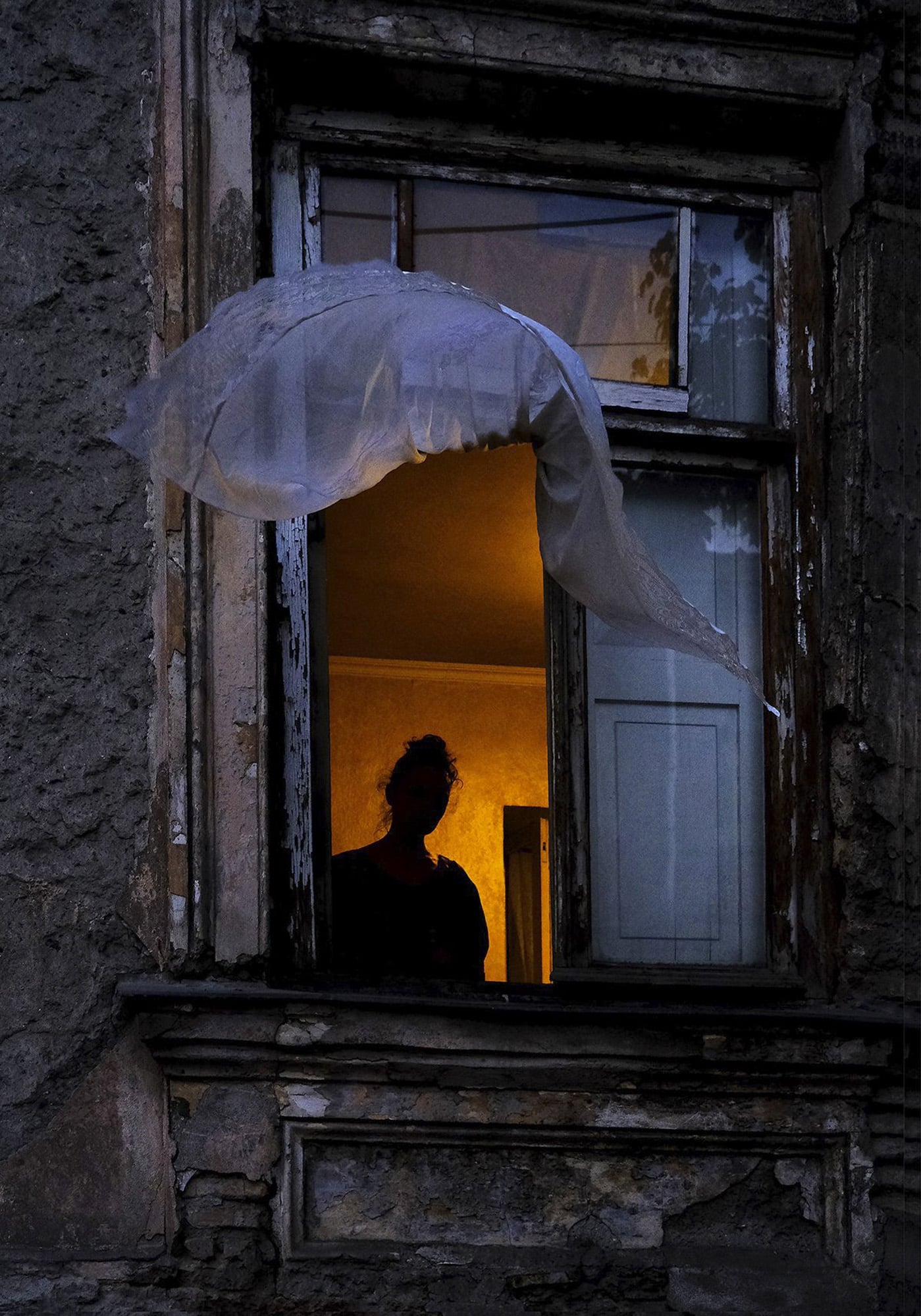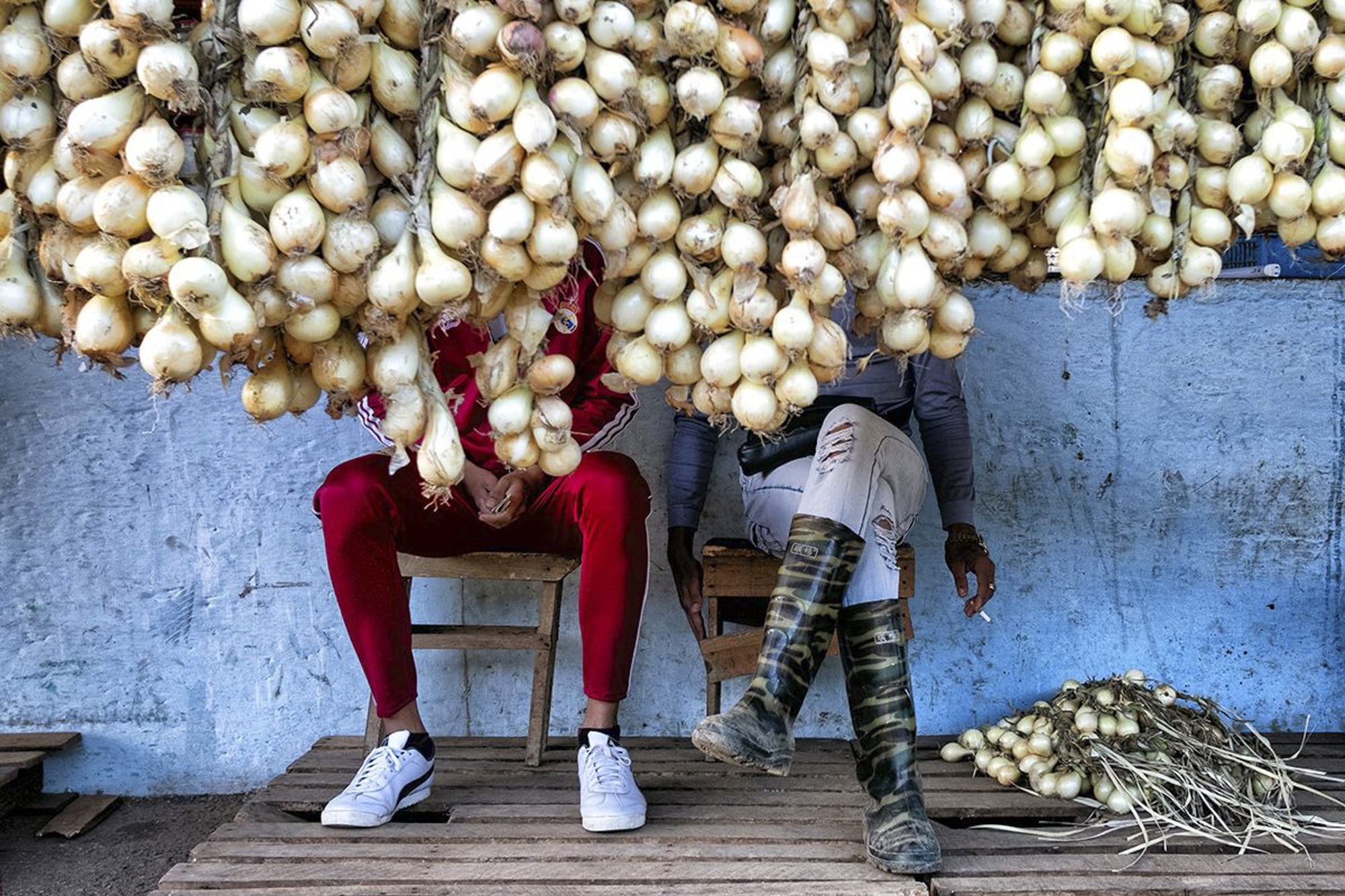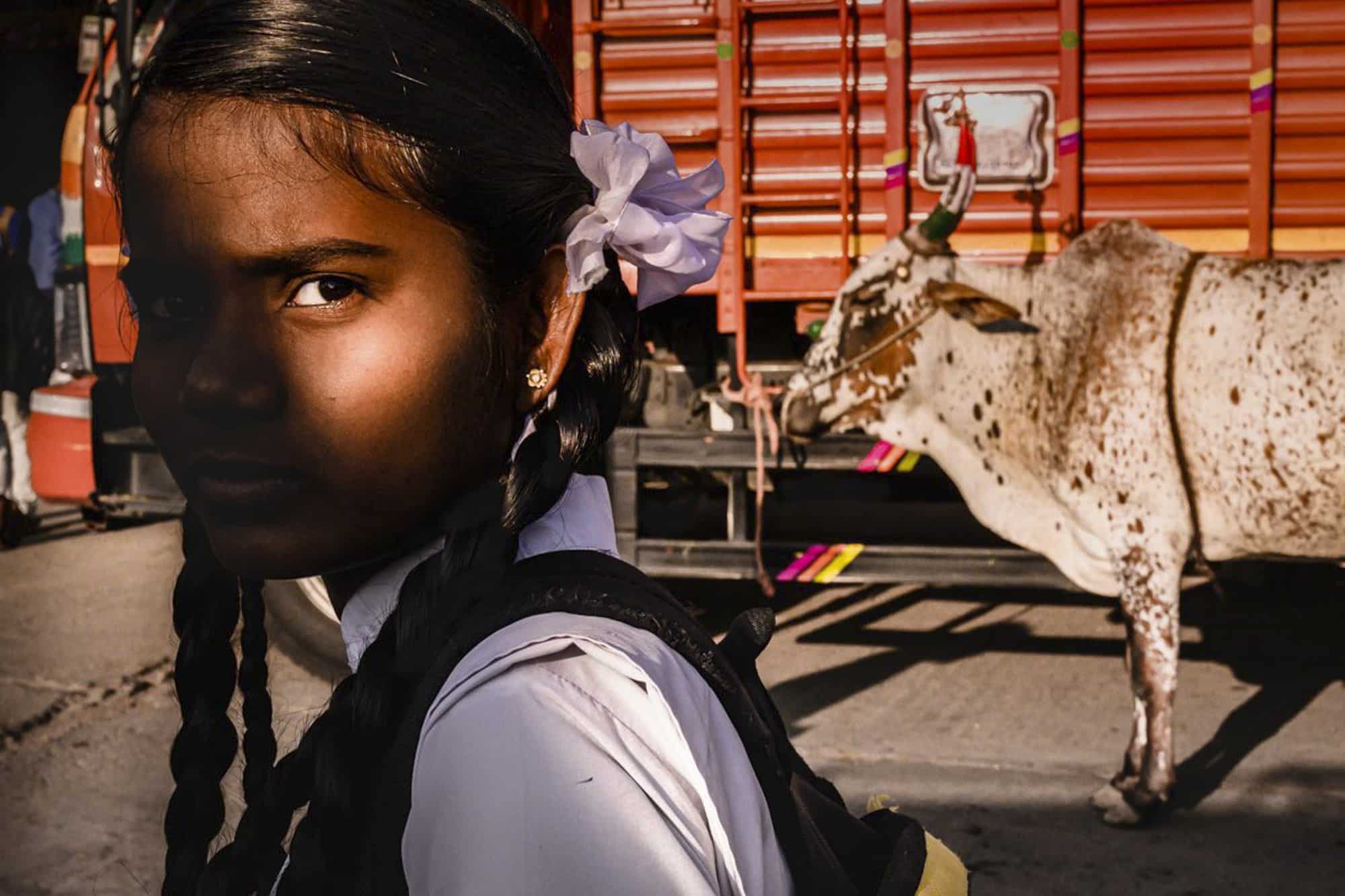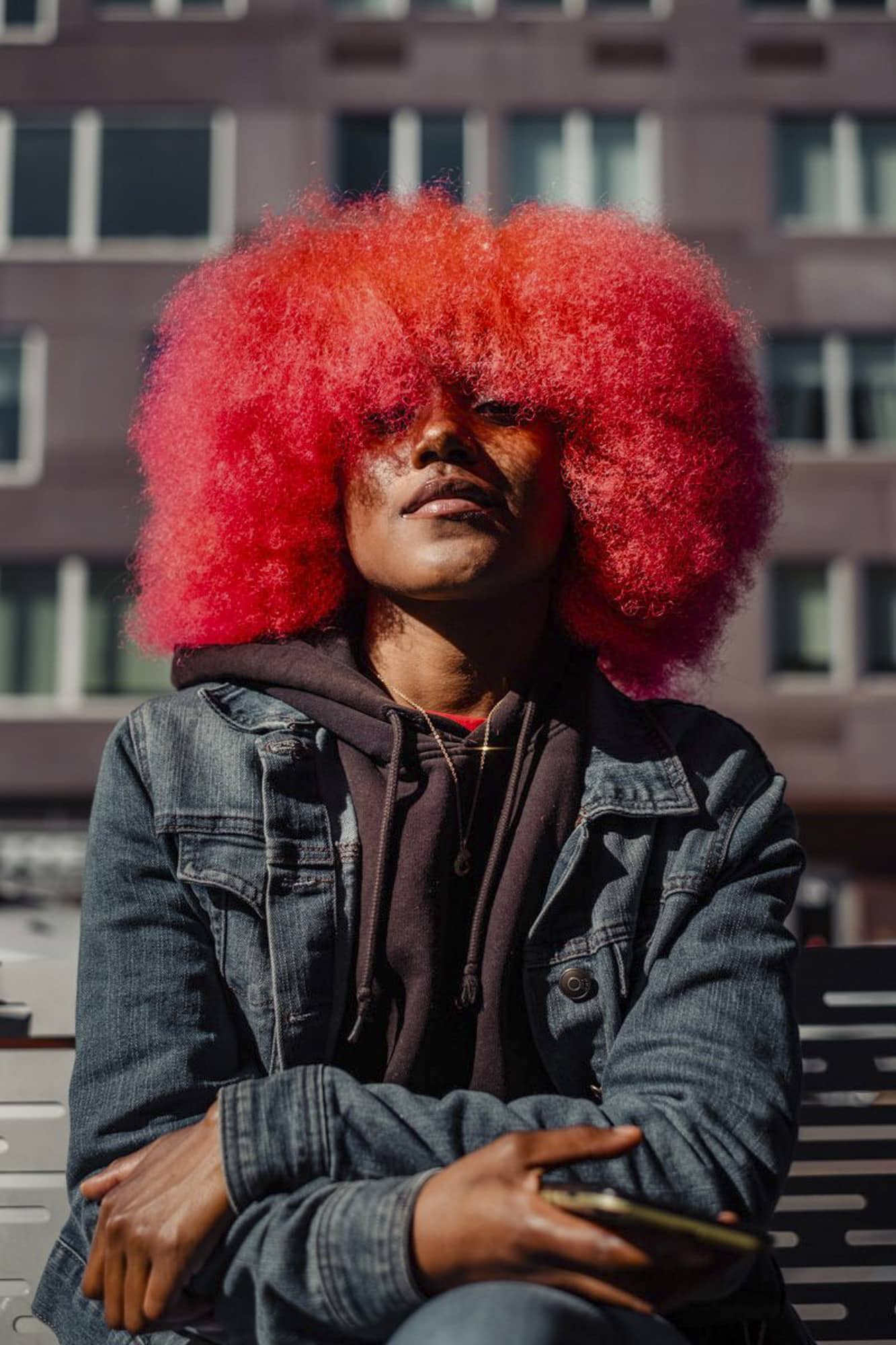After winning the World Press Photo Contest for her photographs taken on September 11 after the South Tower collapsed, Tatar photographer Gulnara Samoilova embarked on a long journey to heal from the trauma she had endured as one of the thousands of people at Ground Zero that day. She quit photojournalism and began working as a wedding photographer, celebrating the power of family, community, and love.
After establishing an extremely successful business, Samoilova realized something was missing from her life — the passion she felt as a teen walking the streets of her native Ufa in the Republic of Bashkortostan with a camera in hand. From the very outset of her career, street photography offered the perfect escape from the stresses of everyday life and became a refuge she returned to time and again over the next 40 years.
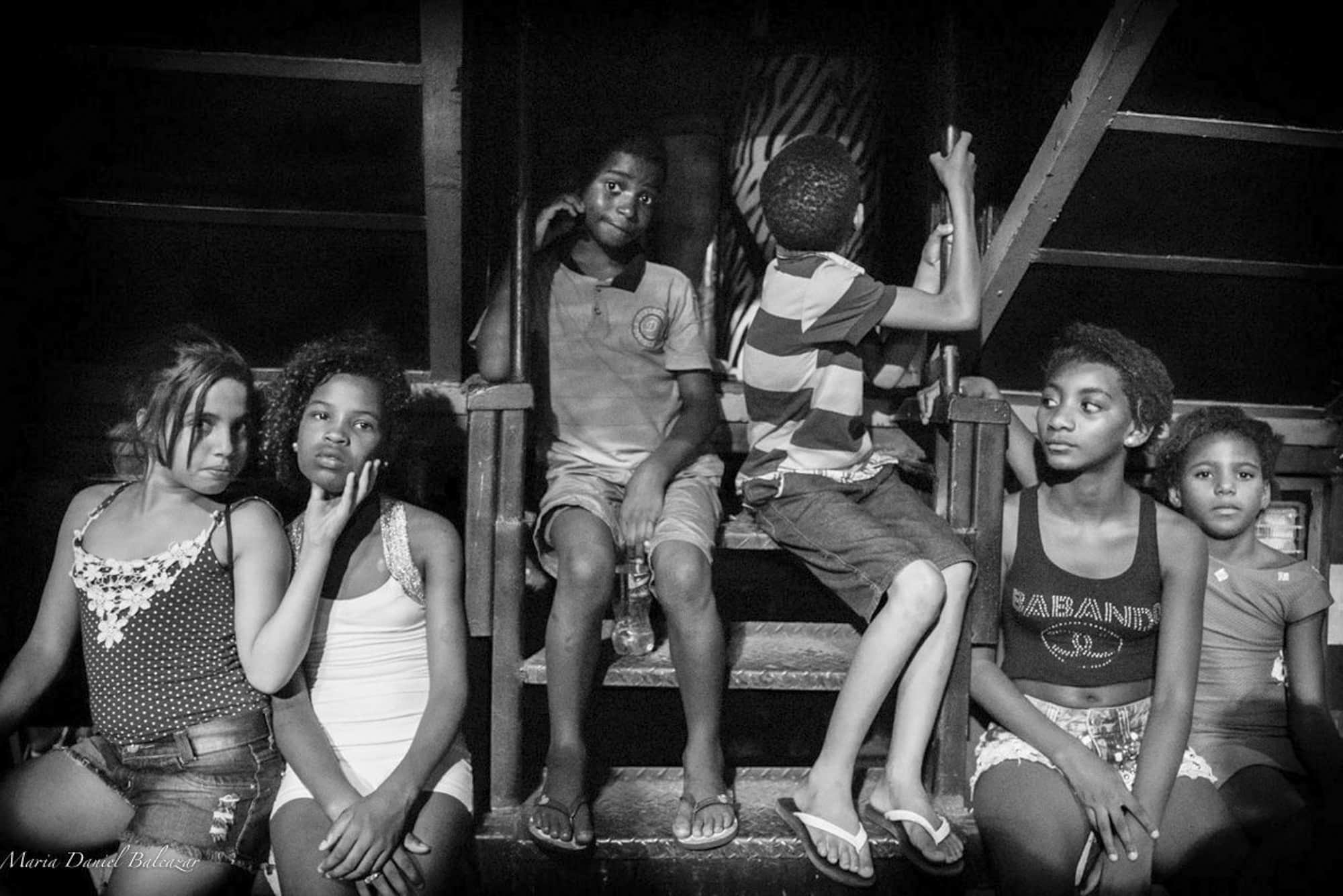
But street photography by nature resists the careerist aspirations that have catapulted the medium into the worlds of industry and art in recent years. It is largely done for love and pleasure, allowing photographers to engage freely with the world and push the boundaries of the genre into new realms. Ready to make a change, Samoilova realized the time had come to return to her first love after taking Mary Ellen Mark’s final worshop in 2015.
As she pondered what path to take, fate took control when Donald Trump was elected President. His bald sexism triggered memories of discrimination Samoilova had experienced throughout her life — and in that moment she understood that her personal success was not enough. Determined to create a community where she could provide the opportunities and support she wished she had received throughout her career, Samoilova created Women Street Photographers in 2017.
Over the past five years, Women Street Photographers has grown from a vital Instagram platform to include traveling exhibitions across three continents, an artist residency, inspirational film series, and landmark photography book, Women Street Photographers (Prestel, 2021). Throughout it all Samoilova has been focused on elevating women who are transforming commonly held notions of street photography.
See the World Beautiful
As the COVID crisis has devastated Gulnara Samoilova’s adopted hometown of New York City, many have felt overwhelmed, isolated, and exhausted by the burdens they have carried alone. To help restore, replenish, and rebuild a sense of connection, community, and creativity, Samoilova curated the fourth annual Women Street Photographers Exhibition.
Guest judged by Debra Klomp Ching, co-owner of the Brooklyn’s Klompching Gallery, the group exhibition the work of 79 photographers from 20 countries including Hazel Hankin, Dominique Misrahi, Gabrielle Motola, Anna Biret, and Orna Naor, alongside a solo exhibition by Maude Bardet, first runner up of the WSP 2020 Artist Residency.
“Street photography is always so fresh because it’s about people — and it’s never the same people, so there’s always an element of surprise,” Samoilova says. “Every time you go to a different neighborhood, you feel like you are traveling and encountering new cultures. I consider myself a classical street photographer and it is always interesting and exciting to see what photographers around the world are doing in their environments.”
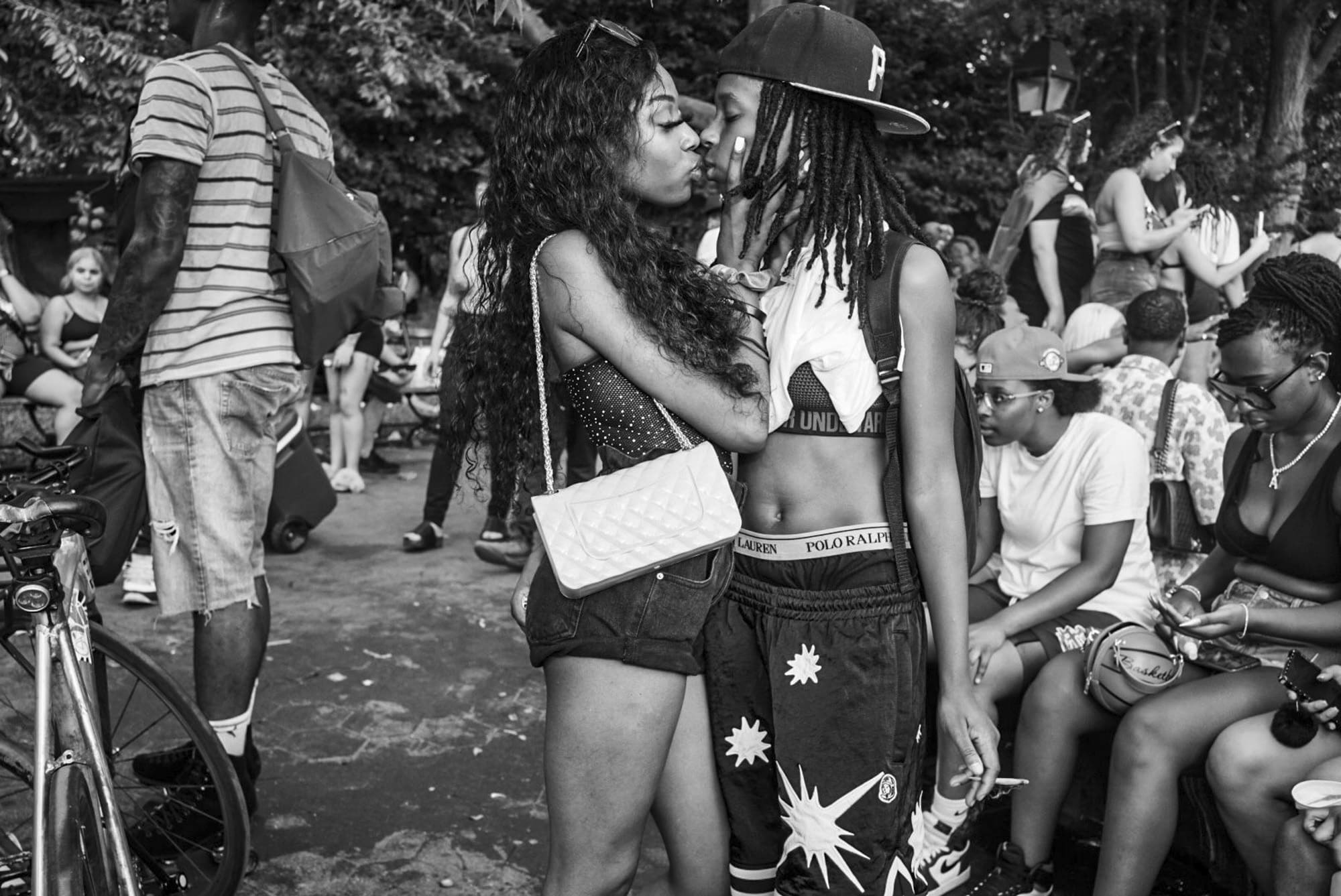
While in Rio de Janeiro one very late night, photographer Maria Daniel Balcazar watched as members of the Samba School de Vila Isabel rehearsed their choreography in the streets. She noticed local children watching and dancing alongside the adults and photographed them for Time Out from Entrancement.
“Despite their energy and enthusiasm trying to keep up, they had to take breaks, resting under the wooden platform of the truck carrying the musicians and the amplification system,” Balcaza explains. “That is how traditions pass on from one generation to another. Samba, with its deep roots in the African diaspora, is the most important music and dance in Brazil.”
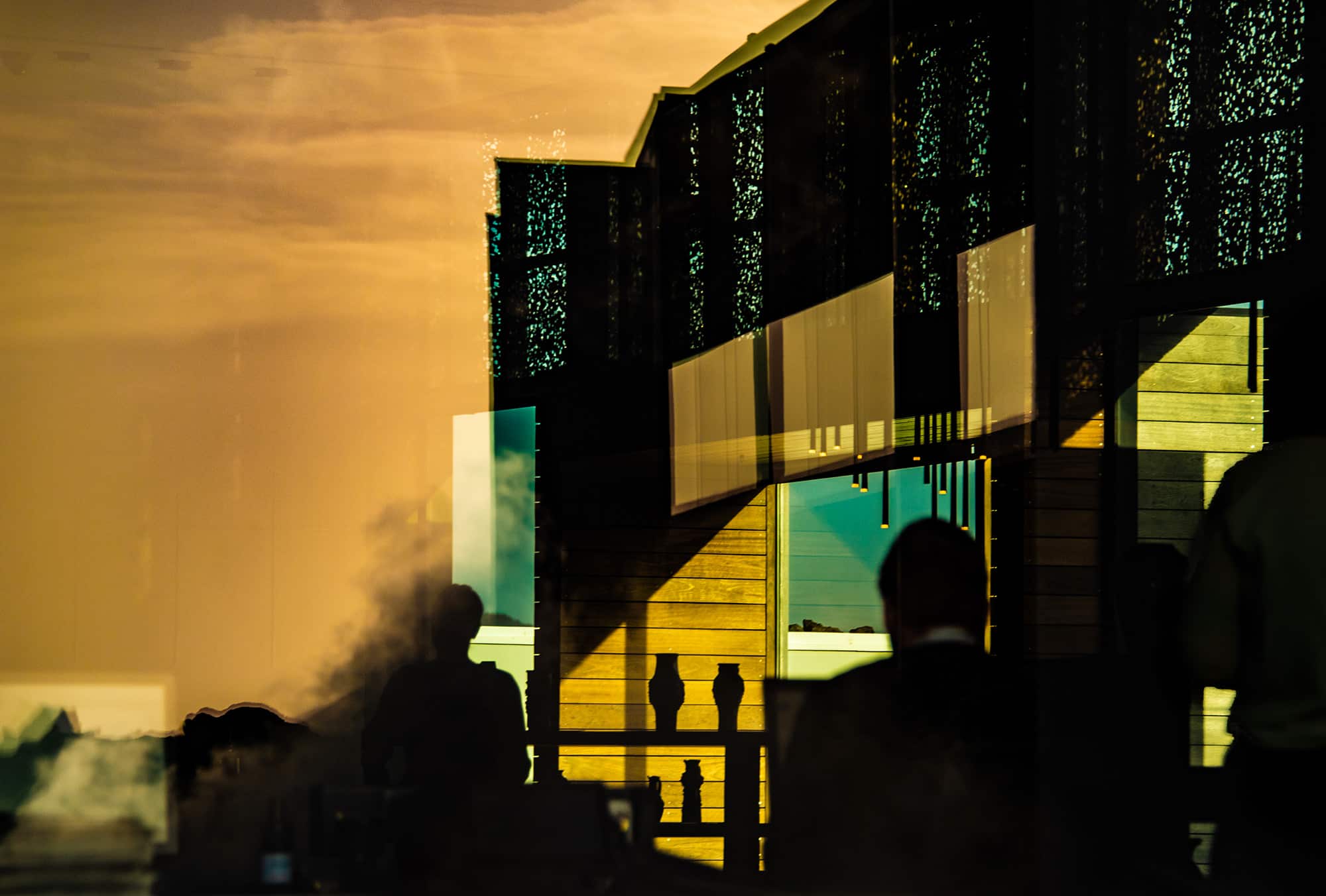
Reality and Illusion
Where traditional street photography focuses on life in urban environments, Gulnara Samoilova adopts an expansive approach, engaging with artists who work in the countryside or at the beach. She finds inspiration among photographers who bring abstraction to their work, be it through reflections, light, color, or composition.
“One of my rules for the exhibition is that people cannot send multiple exposures, so I was really surprised to learn that Sandra Cattaneo Adorno’s photo is a reflection,” Samoilova says. “What I love about Sandra’s work is that it is a dreamy, poetic reverie. It’s calming and restorative yet multidimensional and complex, and it achieves all that in one shot.”
This image will also appear on the cover of Cattaneo Adorno’s forthcoming monograph Scarti di Tempo, which took root during the early days of COVID. The shock of social isolation transformed Cattaneo Adorno’s experience of time, as it seemed to stretch out endlessly, only to disappear from memory as though it never occurred. No longer able to take street photographs, Cattaneo Adorno began to think about the ways in which photography can be used to preserve and rearrange time. She began searching for images that blurred the boundaries of reality and illusion as a metaphor for the mind to create Scarti di Tempo, which means both “time discrepancy” and “scraps of time” in Italian.
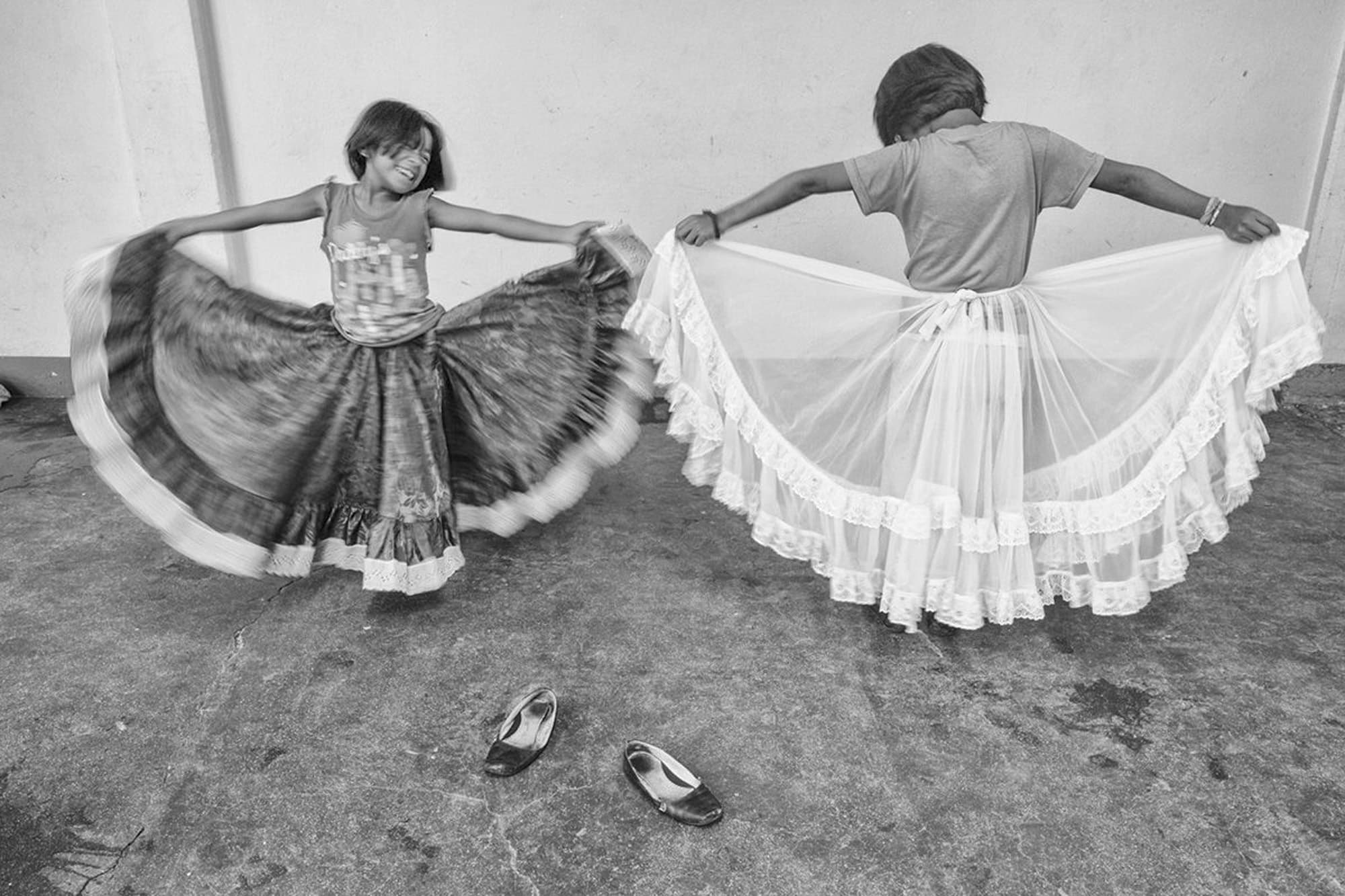
“Expanding on traditional techniques, Sandra developed a deeply personal photographic process, which ultimately led her to fantastic results,” Magnum Photos member Gueorgui Pinkhassov writes in the foreword of the book. “Sandra almost magically absorbed the acquired knowledge and transformed it into her own understanding of street photography, pushing the boundaries of its documentary nature.”
The fourth annual Women Street Photographers exhibition is on view at El Barrio’s Artspace PS109 Gallery in New York City through April 24, 2022.
Women Street Photographers is published by Prestel, $35.00.
Gulnara Samoilova is curating Sandra Cattaneo Adorno’s first solo exhibition featuring works from Scarti di Tempo and Águas de Ouro for the 6th edition of Personal Structures – Reflections, which runs parallel to the 59th Venice Biennale from April 23–November 27, 2022.

